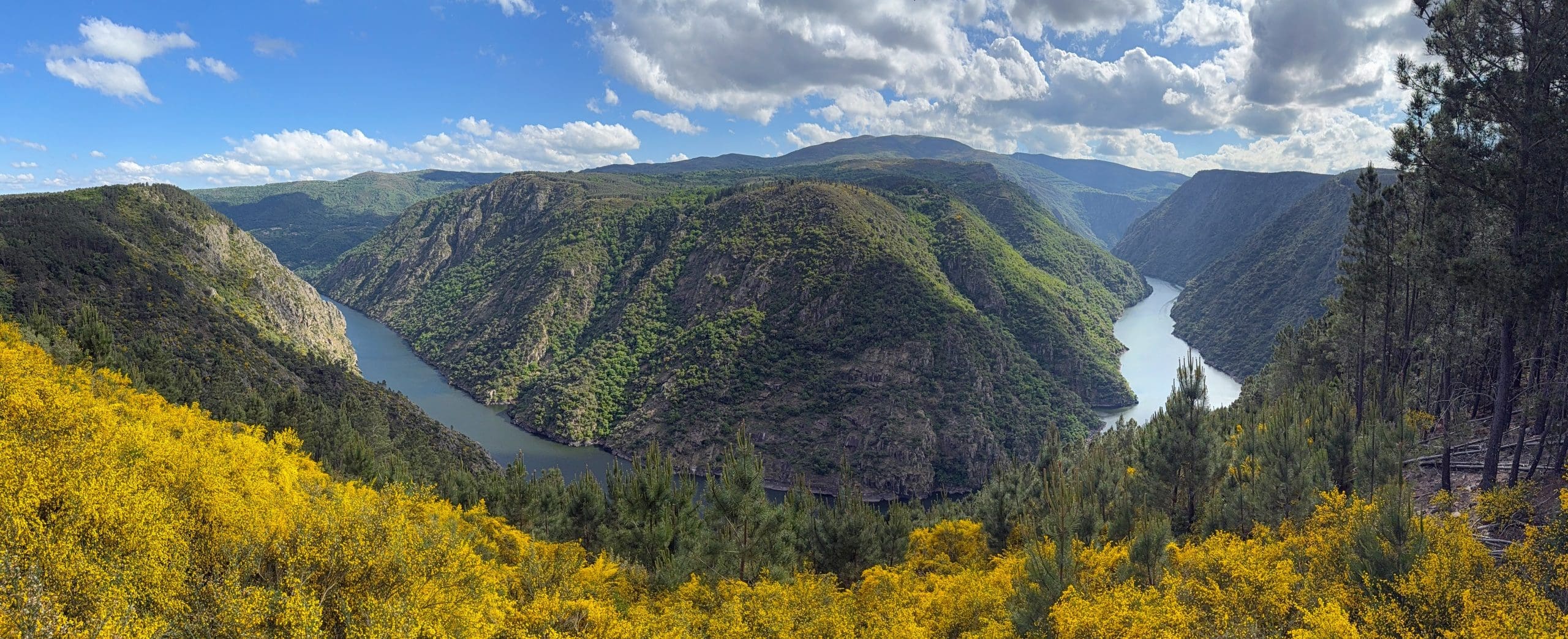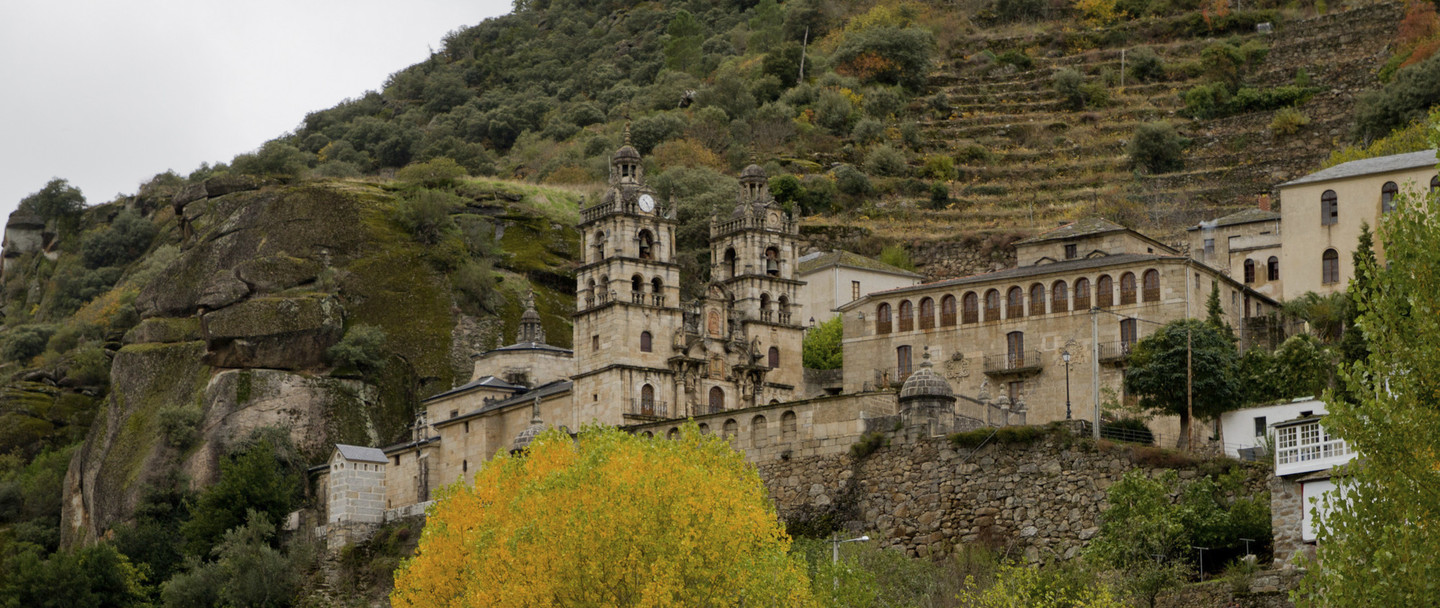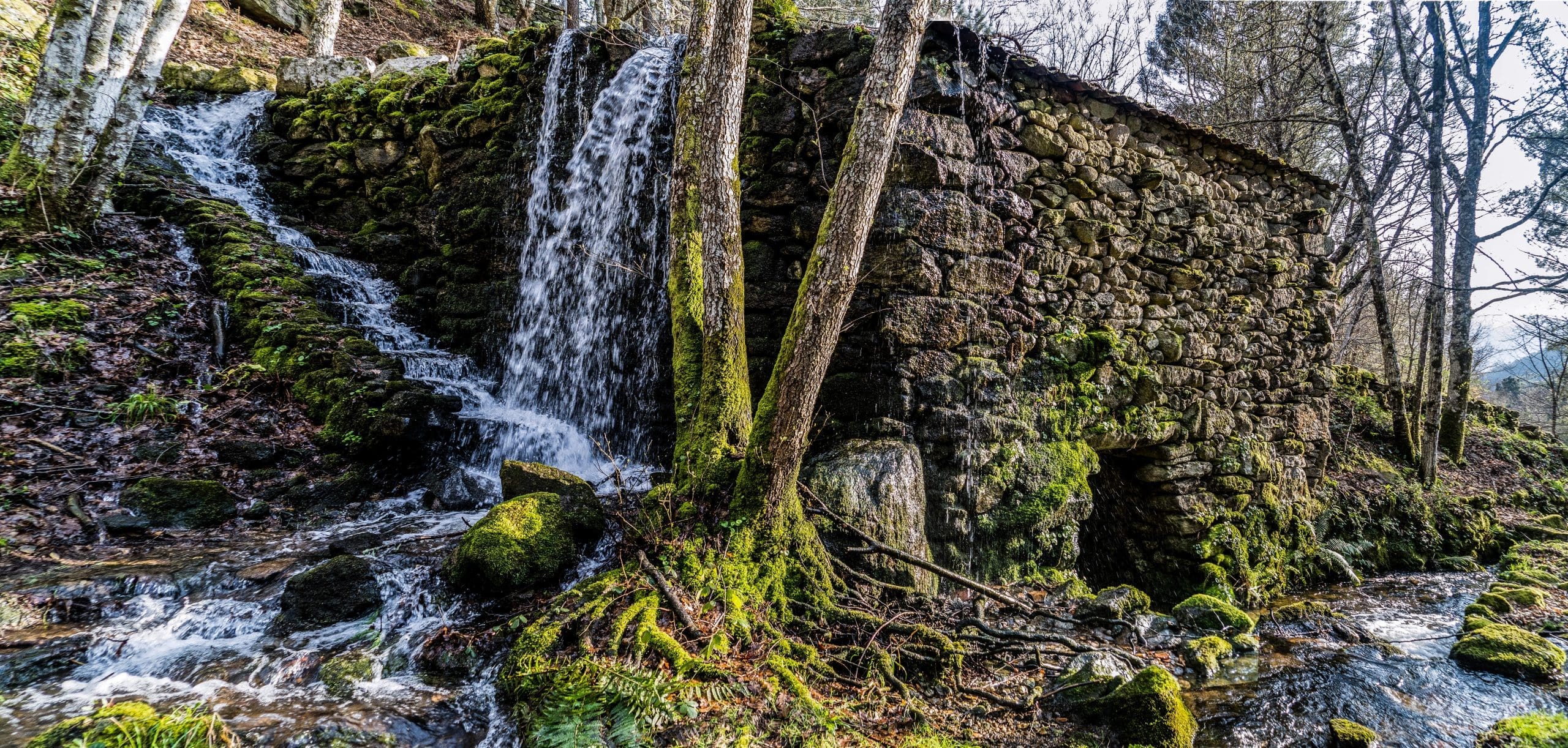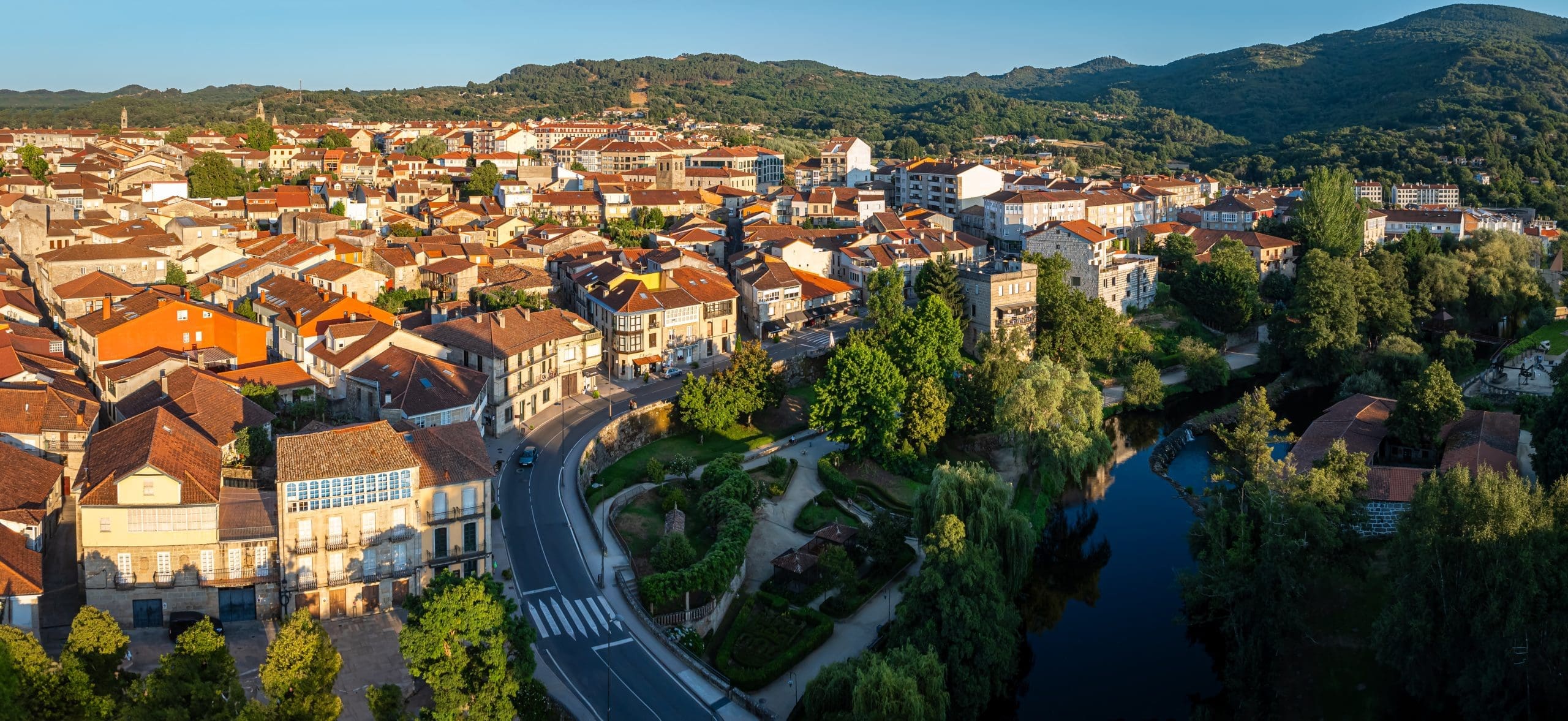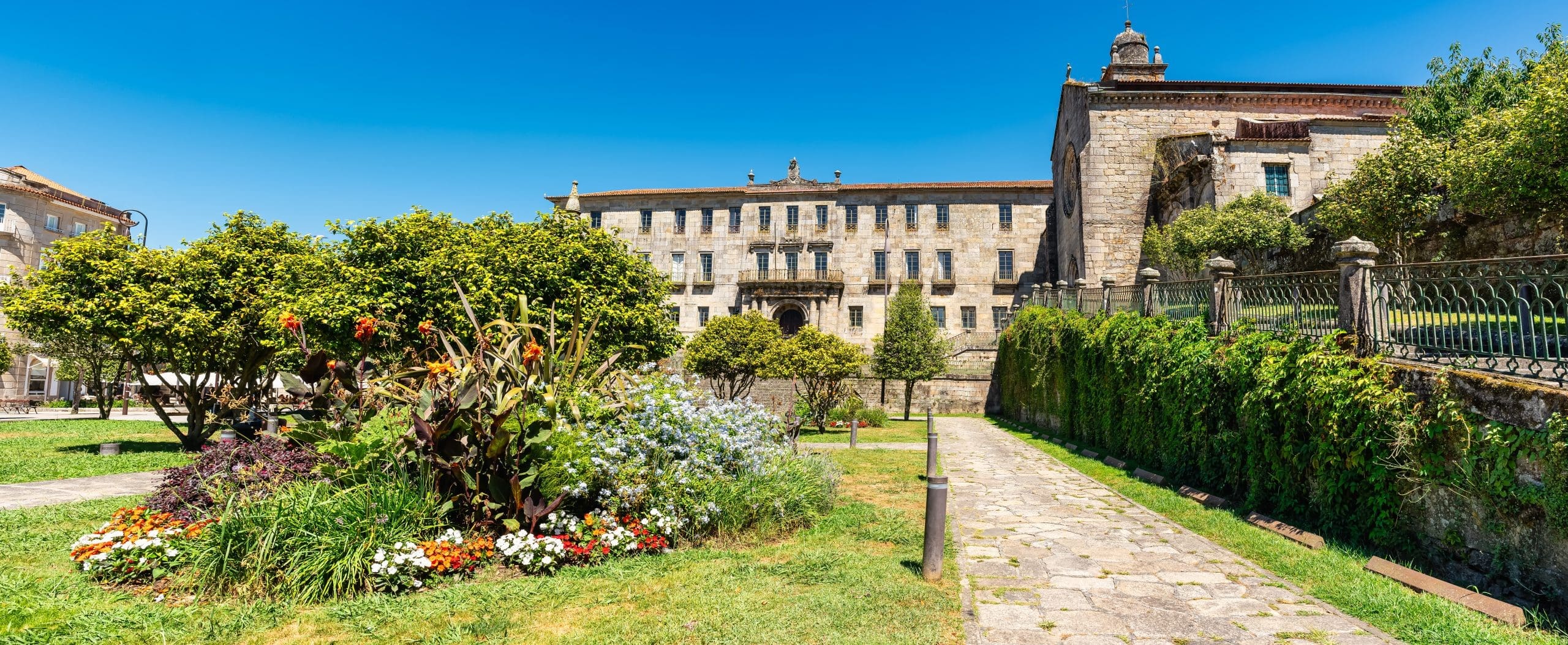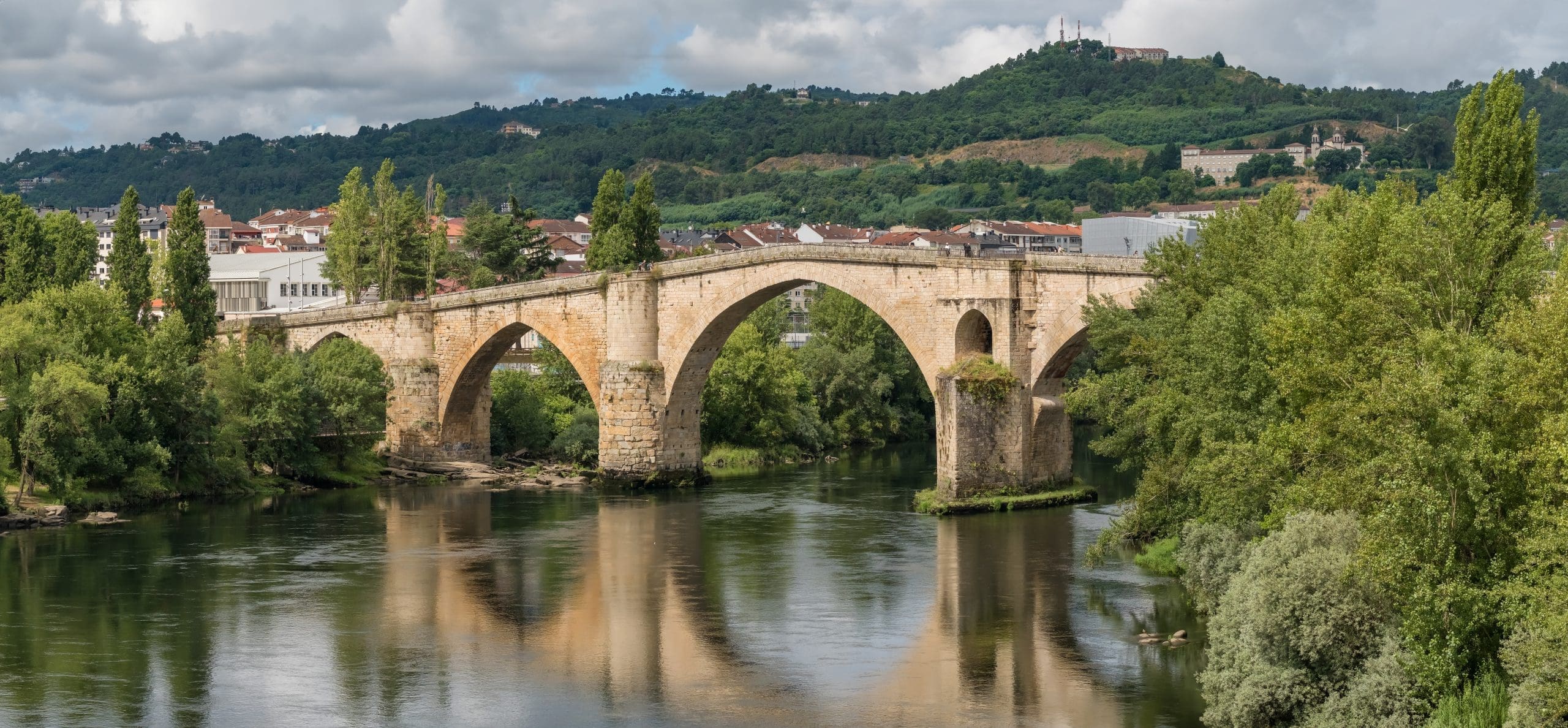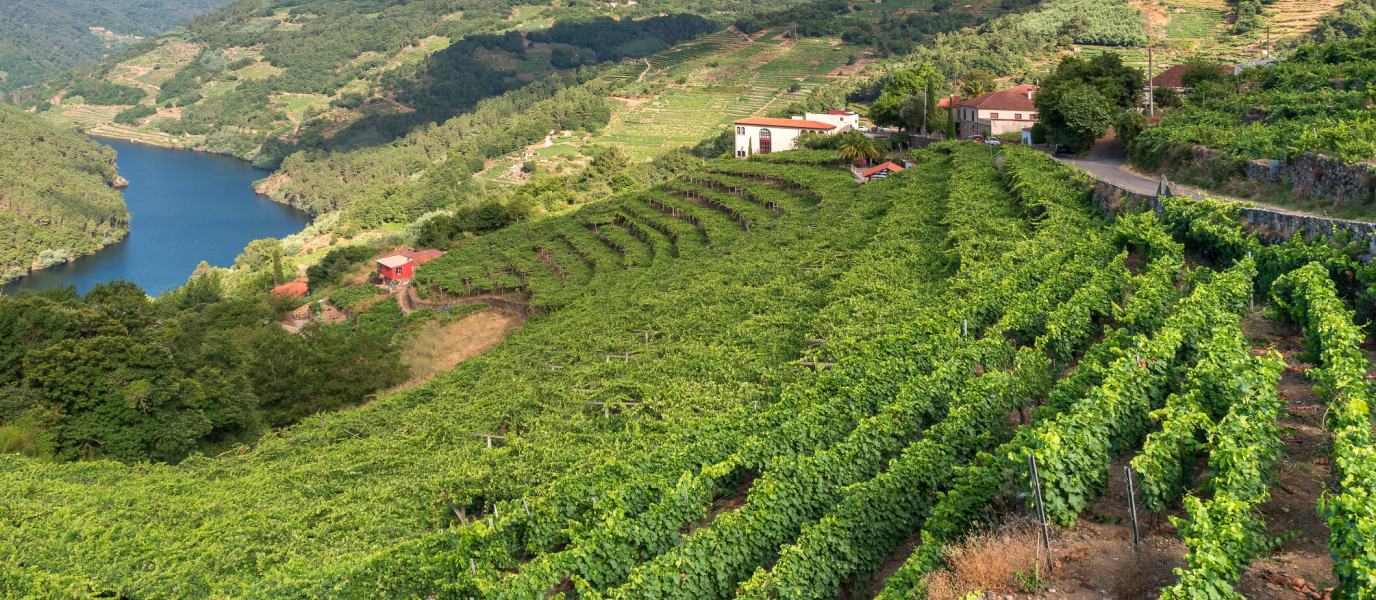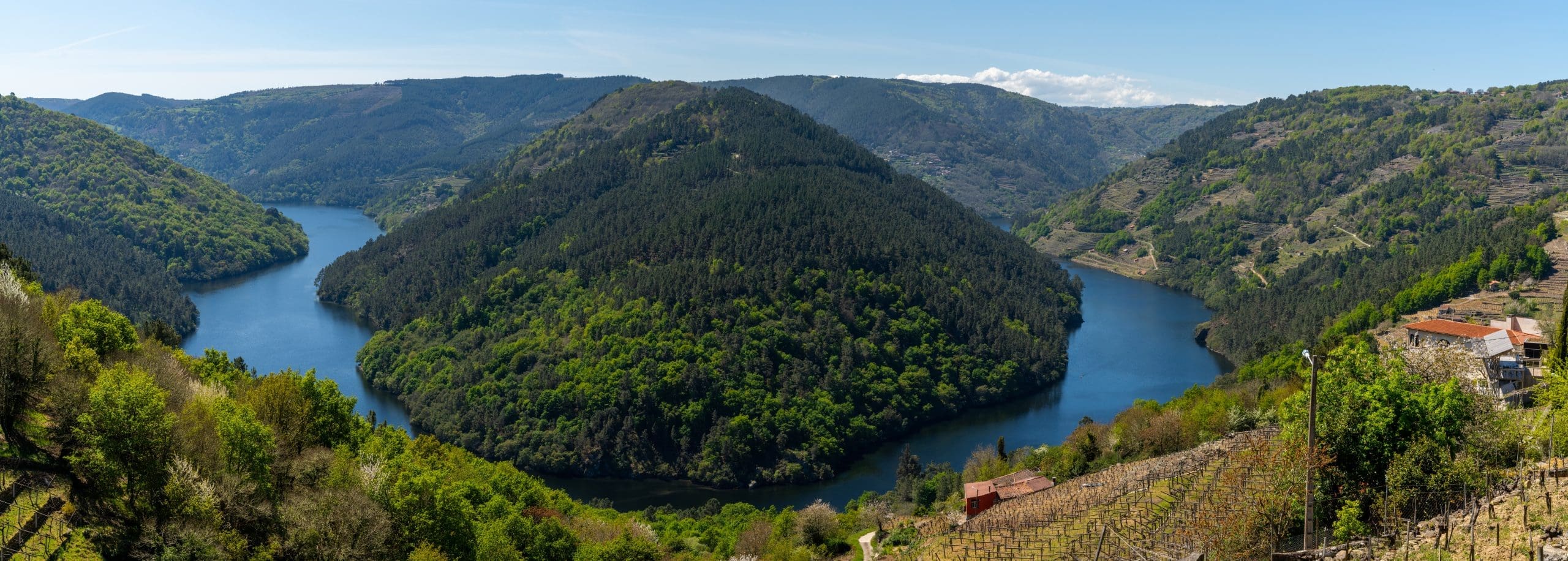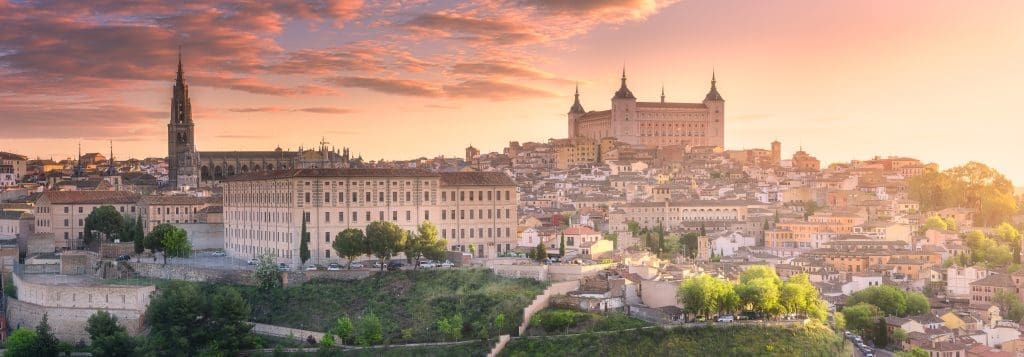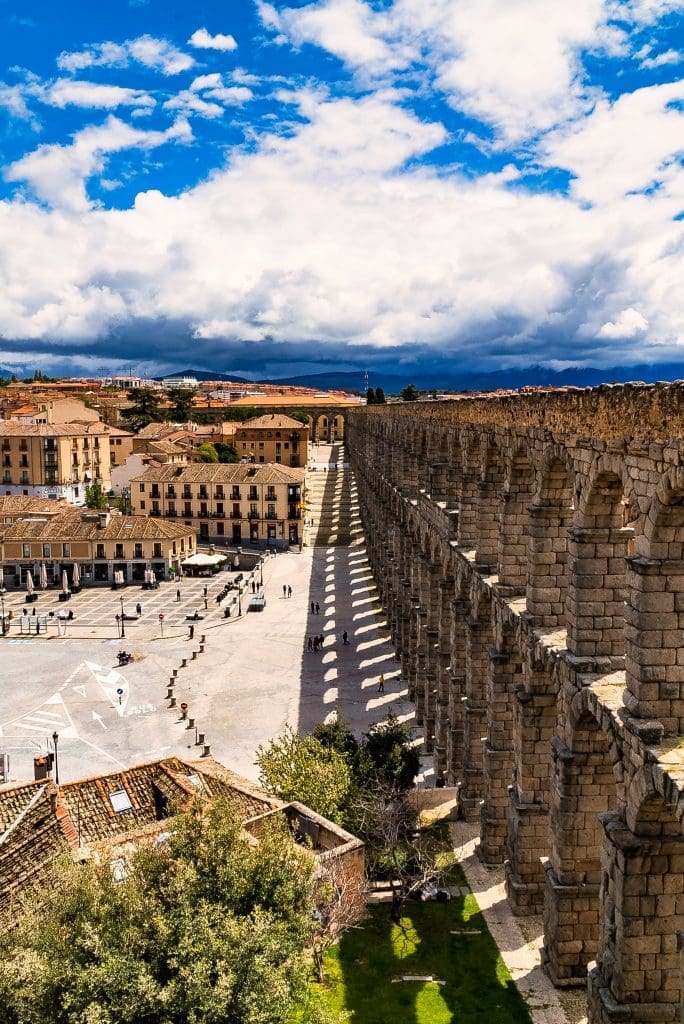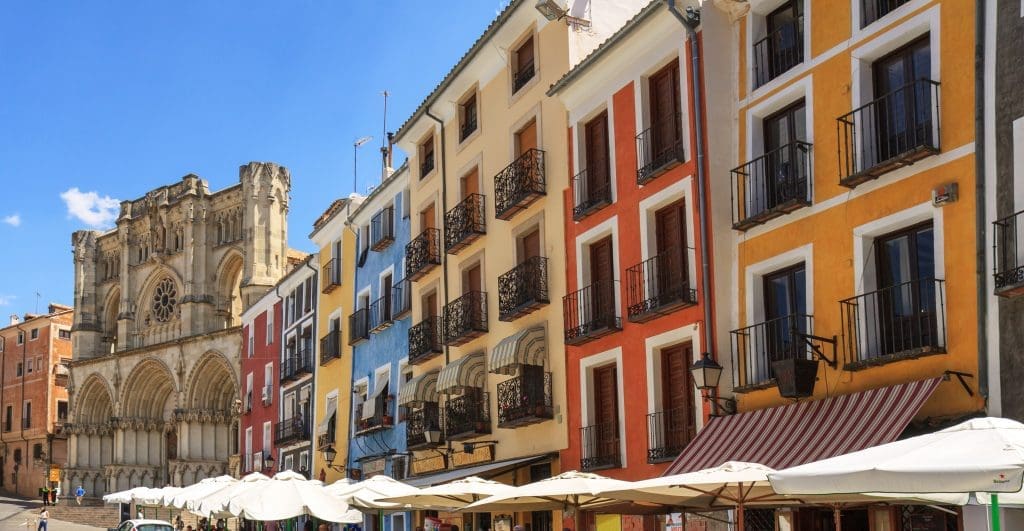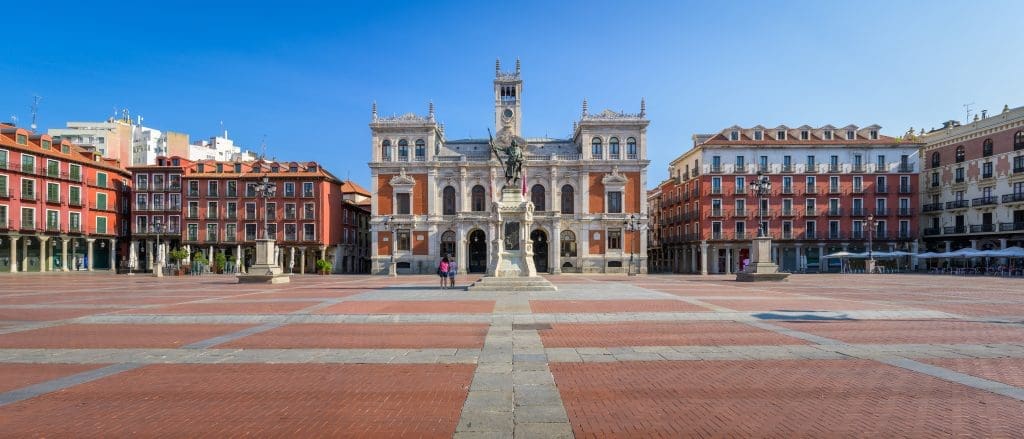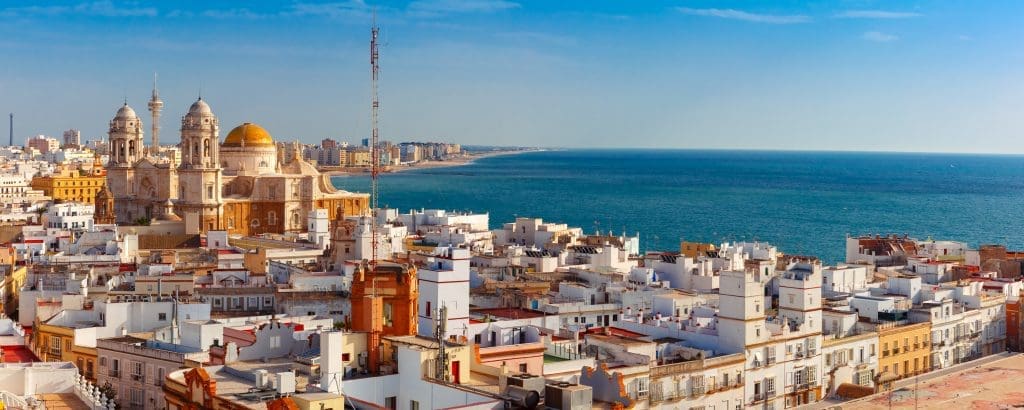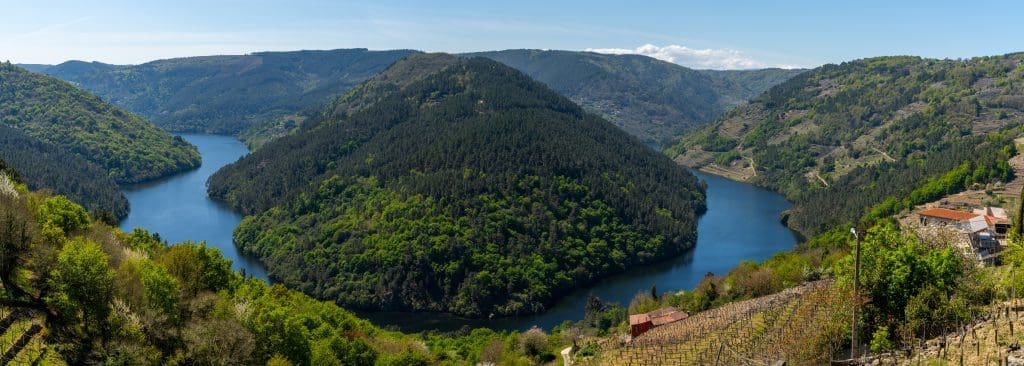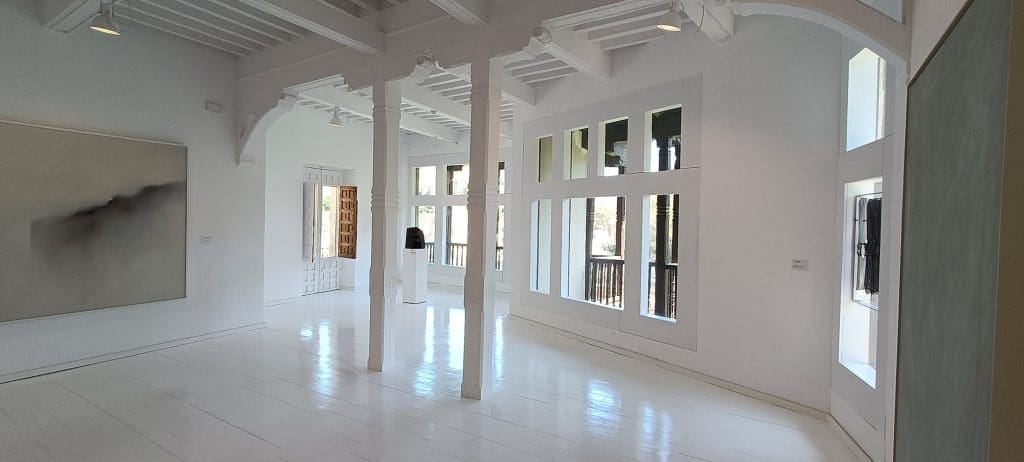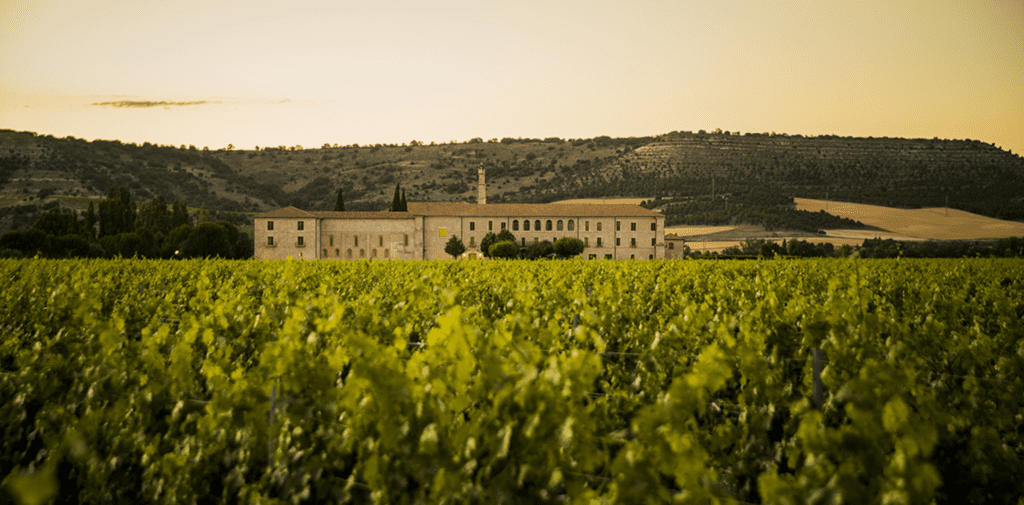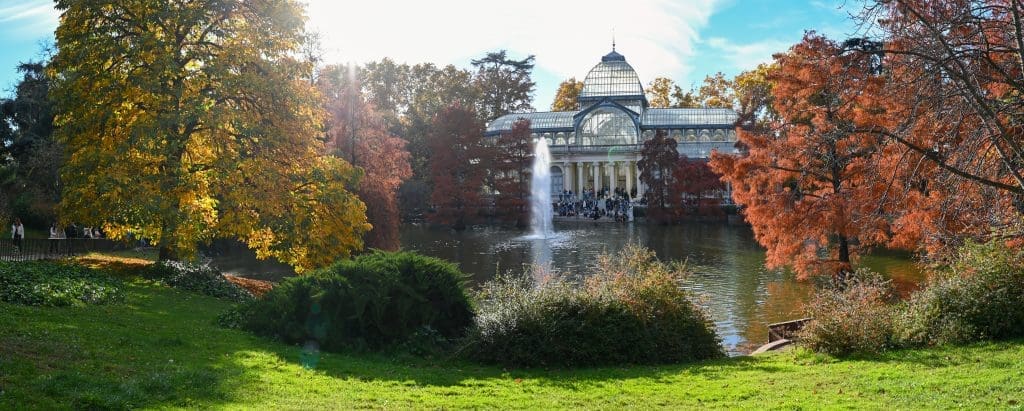Ourense and the Ribeira Sacra
Where waters heal and landscapes awe
Ancient thermal baths, hidden monasteries and canyons along the Sil River
It is a place that invites you to slow down, let yourself be carried away by the calm, and connect with nature
Ourense and the Ribeira Sacra make up a magical corner of inland Galicia, a region where hot water springs from the earth´s depths and the river has carved out vertiginous canyons among forests, vineyards and stones with centuries of history. It is a place that invites you to slow down, let yourself be carried away by the calm, and connect with nature, your body and your soul.
Visitors arriving in Ourense discover a city with a thermal soul, where hot springs emerge in the historic centre and traditions coexist with a vibrant cultural and gastronomic life. The river Miño’s natural pools offer a chance to relax amidst nature, while monumental architecture, such as the Cathedral of San Martiño, evokes centuries of history.
Ribeira Sacra, meanwhile, is synonymous with elevated landscapes, seemingly impossible vineyards, and spirituality at every turn. Medieval monasteries hide among wooded slopes, and viewpoints present scenes that look straight out of a painting. This territory is also a symbol of human endeavour: the winegrowers who defy gravity to tend their vines have created one of Spain’s most unique designations of origin.
Here, water and wine shape the character of a land that captivates all who set foot on it. Ourense and Ribeira Sacra are not just places to visit: they are to be experienced, breathed in and remembered.

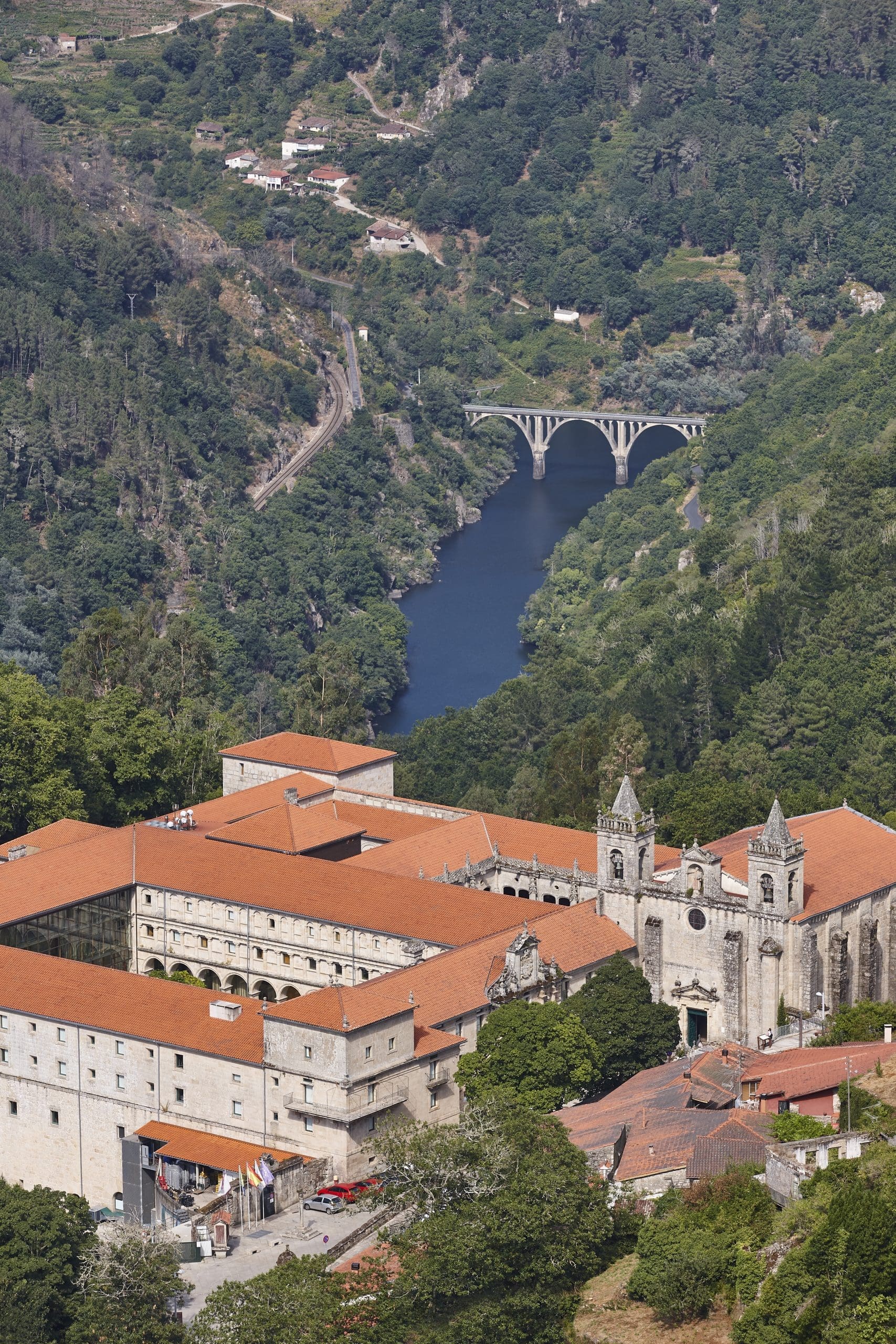
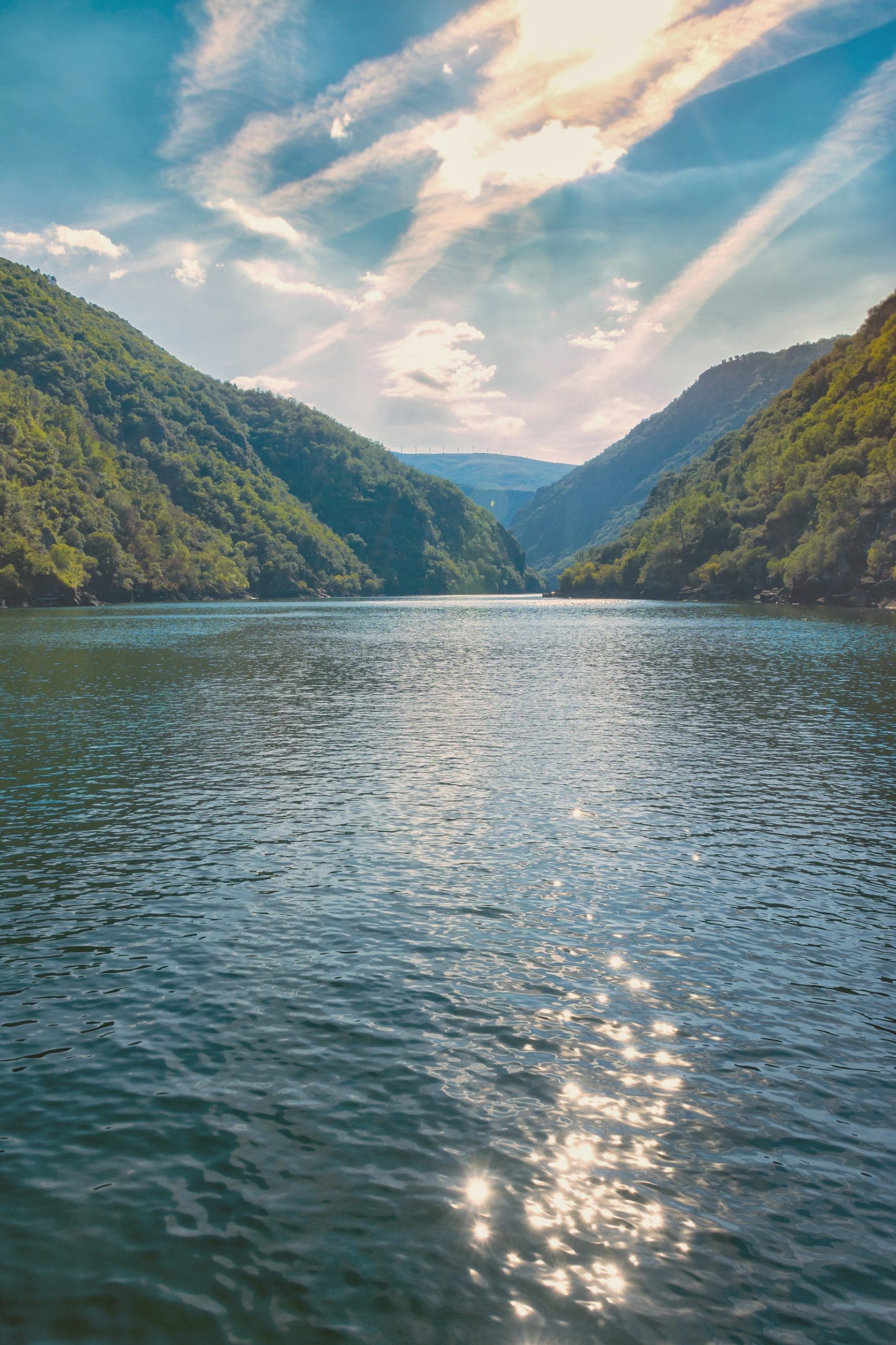

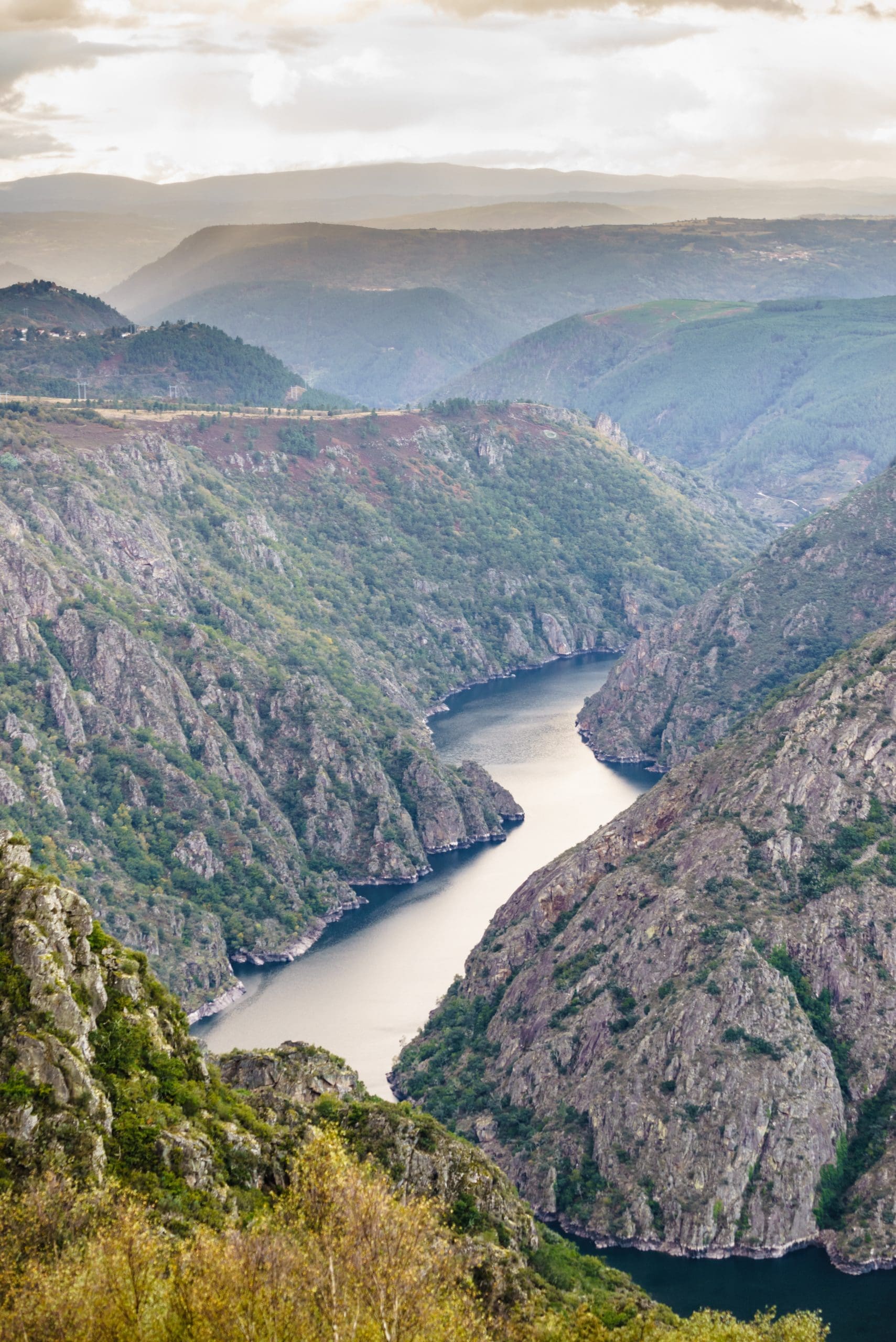





Top 10 of Ourense and the Ribeira Sacra
City of Ourense
Galicia’s Thermal Capital
Ourense surprises with its balance of tradition, wellness, and urban life. Its compact, charming historic centre is perfect for exploring on foot. The Cathedral of San Martiño, with its stunning Pórtico del Paraíso, reflects the city’s historical significance. But what truly defines Ourense are its thermal waters: As Burgas spring at over 60 °C in the heart of the plaza and are free to enjoy. Along the Miño, an outdoor thermal route combines nature and relaxation, particularly at sunset when steam mingles with golden light.
Monastery of Santo Estevo de Ribas de Sil
History amidst canyons
Hidden among chestnut trees and centuries-old oaks, this thousand-year-old monastery seems suspended in time. Dating back to the early Middle Ages, it was a refuge for Benedictine monks and even housed nine retired bishops, which gives an idea of its spiritual importance. Today, as a Parador Nacional hotel, it retains its serene atmosphere and offers a unique accommodation experience, with silent cloisters, rooms overlooking the Sil canyons and cuisine based on local produce. It is the perfect place to unwind and
Sil Canyons
Nature in its purest form
The Sil canyons are the scenic soul of the Ribeira Sacra. Over millions of years, the river has carved these deep valleys between granite massifs, creating an almost surreal landscape. A boat or private motorboat trip is one of the most popular ways to explore them, sailing between walls over 500 metres high, dotted with vineyards that seem to hang from the sky. For those who prefer dry land, the road route is dotted with panoramic viewpoints that allow you to contemplate this natural wonder from above.
Monastery Route
Stone, faith, and scenery
This spiritual and cultural itinerary takes in some of Galicia’s oldest and most magical temples. Santa Cristina de Ribas de Sil, with its Romanesque façade and wooded surroundings, looks like something out of a medieval tale. San Pedro de Rocas, literally carved out of the rock, preserves the silence of the centuries in its cave church. Others, such as Montederramo and Ferreira de Pantón, reflect the evolution of Galician monastic art and provide an insight into the contemplative life that developed in these lands during the Middle Ages. An ideal route for those seeking introspection and architectural beauty.
Vertigo Viewpoints
Balconies to the abyss
T he Ribeira Sacra is full of breathtaking viewpoints. The Vilouxe viewpoint, carved into the rock, looks directly out over a bend in the Sil River. The Balcones de Madrid owe their name to the emigrants who bid farewell to their loved ones from here when they left for the capital, and offer one of the most open views of the canyon. Pena do Castelo combines spectacular views with relatively easy access, ideal for all audiences. Each viewpoint is different, but they all share a common feeling: the smallness of human beings in the face of the immensity of nature.
Thermal Springs and Pools
Relax in nature
In Ourense, water springs forth in almost every corner. Free public hot springs such as A Chavasqueira and O Tinteiro are an excellent option for those seeking a spontaneous and popular experience. The Outariz and Prexigueiro hot springs, on the other hand, offer Japanese-inspired Spa circuits, where visitors can alternate between pools at different temperatures and receive wellness treatments. Some are even open at night, allowing you to bathe under the stars. These waters are not only relaxing, but also have therapeutic properties that improve the skin, circulation and mood.
Heroic Vineyards
Wine with a view
Viticulture in the Ribeira Sacra is defined as heroic due to the extreme conditions in which the vines are grown, often on slopes of more than 60%. This heroic viticulture requires extreme dedication and results in wines with a unique character, fresh, mineral and with their own identity. The wineries, many of them family-run, open their doors to visitors to share their passion. Some are located in spectacular settings, with terraces overlooking the canyon, where you can taste young Mencía wines, floral Godello wines or wines for ageing. Wine tourism here is synonymous with authenticity.
Xinzo de Limia Carnival
Living tradition and limitless colour
Considered the longest Entroido in Spain and declared a Festival of International Tourist Interest, the Carnival of Xinzo de Limia is an explosion of Galician identity that fascinates everyone who experiences it. For five consecutive weekends, between the end of January and February, this town in Ourense is transformed into a stage for masks, drums and ancestral rituals. For foreign visitors, it is a unique opportunity to experience an ancient Galician celebration, full of symbolism, humour and collective energy. Ideal for those seeking unusual cultural experiences, vibrant photography and a connection with their roots.
Os Peares
Where two rivers embrace
In this small village, paths, waters, and cultures converge.The Sil and Miño rivers meet here in a bucolic setting that has retained its railway and industrial flavour. The network of metal bridges, railway stations and warehouses are reminders of its past as a logistics hub. Today it is a peaceful place, perfect for photographic walks, picnics by the river or bike rides. From Os Peares you can set off on tours to nearby wineries or explore small villages hidden among vineyards.
Flavours of the Ribeira
Cuisine with soul
Here, food is rooted in the land. Local produce, prepared with care and without haste, gives rise to a cuisine that is flavourful, hearty and sincere. Highlights include lacón con grelos (pork shoulder with turnip greens), empanada de zamburiñas (scallop pie), filloas (crepes), cured meats and Galician beef. Mencía wine is the ideal accompaniment to any dish. Meals tend to be prolonged, filled with laughter, stories and after-dinner conversation, toasting life. Eating in the Ribeira Sacra means sharing, enjoying and feeling the land in every bite.
“Ourense is a place where the earth breathes through its waters”
— Attributed to the Hispanist Richard Ford
One of the first British travellers to explore Galicia in the 19th century
Related tours
A selection of
the most uniques places
Discover, enjoy and live memorable experiences with us
Want to find out
even more?
CHECK OUT OUR ARTICLES
